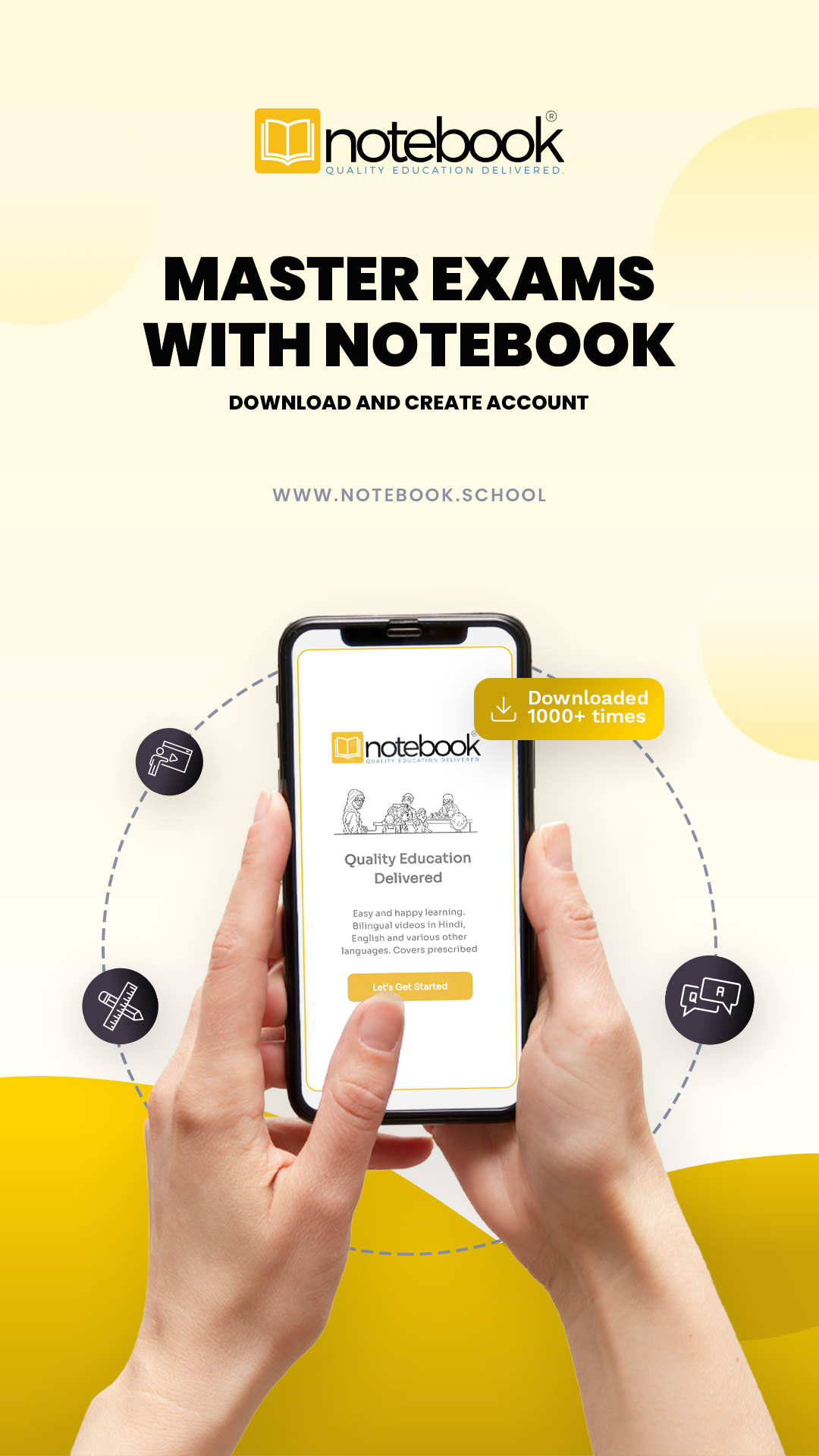This is a lesson video series on the concept and accounting from Incomplete records
Introduction to CBSE Class 11 Accountancy Chapter "Accounting from Incomplete Records"
The chapter “Accounting from Incomplete Records” is designed to introduce Class 11 students to the concept and practices of maintaining accounts without complete documentation, a scenario often encountered in small businesses. Incomplete records, also known as single entry systems, are financial records that lack the comprehensive double-entry system where every transaction is recorded in two accounts.
This chapter explains how to ascertain the financial position of a business from these incomplete records. It covers the key steps involved in reconstructing financial statements, which include determining opening capital using a statement of affairs, calculating profit or loss using the capital comparison method, and preparing final accounts like the Trading and Profit and Loss Account and Balance Sheet.
The chapter highlights various techniques to gather missing information, such as using control accounts, preparing summary cash accounts, and employing analytical procedures to estimate unknown figures. Students learn the importance of ensuring accuracy and consistency while dealing with incomplete records to derive meaningful financial insights.
Assignments for CBSE Class 11 Accountancy Chapter “Accounting from Incomplete Records”
- Statement of Affairs: Create a statement of affairs to determine the opening capital of a business with the given assets and liabilities.
- Capital Comparison Method: Use the capital comparison method to calculate profit or loss for a financial year.
- Control Accounts: Prepare control accounts to track receivables and payables, filling in any missing information.
- Summary Cash Account: Develop a summary cash account to identify cash transactions and balances.
- Financial Statements: Construct the Trading and Profit and Loss Account and Balance Sheet from a set of incomplete records.
Conclusion “Accounting from Incomplete Records” is a vital chapter in CBSE Class 11 Accountancy, equipping students with the skills to manage and interpret financial data even when it is not fully documented. This chapter provides the foundational knowledge required to tackle real-world accounting challenges, especially in scenarios where precise record-keeping is not possible. Understanding these concepts is crucial for aspiring accountants and business professionals who must often derive actionable insights from incomplete financial data.
"Preparing for the Class 6 exam? Notebook is your go-to resource for learning anytime, anywhere. With courses, docs, videos, and tests covering the complete syllabus, Notebook has the perfect solution for all your study needs. Join Notebook today to get everything you need in one place.
Questions and Answers for CBSE Class 11 Accountancy Chapter "Accounting from Incomplete Records"



